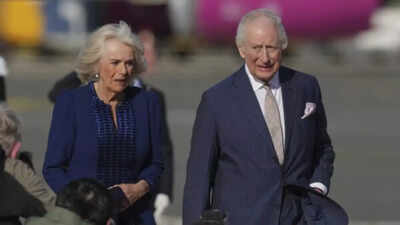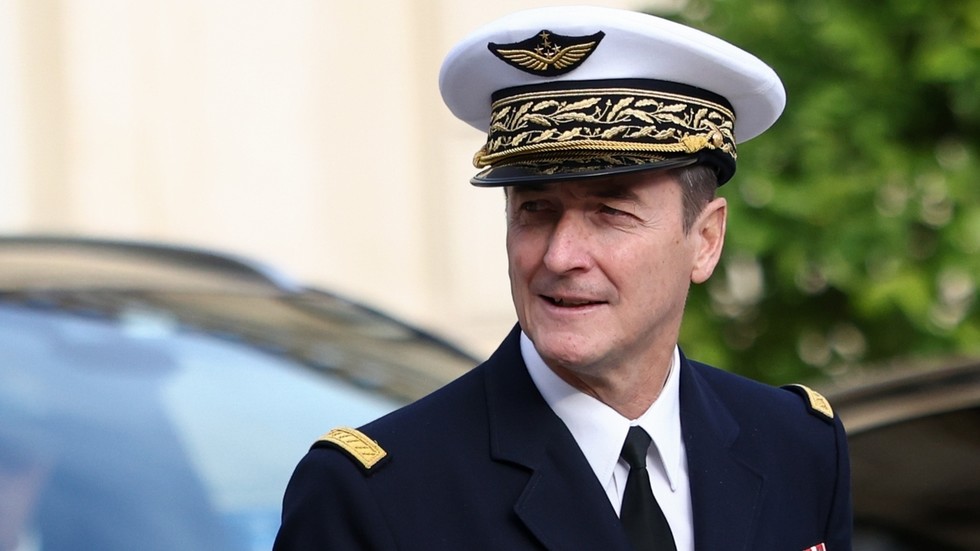
When King Charles III and Queen Camilla arrive in the Sistine Chapel this week to pray alongside Pope Leo XIV, it won’t just be a royal photo-op — it will be the closest Britain has come to healing a five-century-old religious rift born of politics, power, and love.
The Big Picture
For the first time since Henry VIII’s Reformation in the 16th century, a British monarch will publicly pray with a Pope. The Vatican describes it as a gesture of “faith and fellowship.” Buckingham Palace calls it “a landmark in relations between the Church of England and the Catholic Church.”It’s also a personal moment for Charles — the Supreme Governor of the Church of England — to symbolically undo, or at least soften, the schism his ancestor created when he split from Rome to secure a divorce.
Driving the News
King Charles and Queen Camilla landed in Rome on Wednesday ahead of a historic joint prayer with Pope Leo XIV, the first American pontiff. The service inside the Sistine Chapel will feature the Vatican Choir and choristers from St George’s Chapel at Windsor Castle singing together — a scene unimaginable in Henry VIII’s day.After the prayer, the King will be made a “royal confrater” of the Basilica of Saint Paul Outside the Walls — a title that dates back to Saxon kings who once funded the upkeep of St Paul’s tomb.
His special chair, adorned with his coat of arms, will remain there for future British monarchs.
Why It Matters
The last time a British sovereign and a Pope met in prayer, Europe was on the brink of Reformation. Henry VIII’s break with Rome wasn’t just a religious act; it was a political rebellion. His new Church of England made the crown both a spiritual and temporal power — and for centuries, Catholics were barred from office, inheritance, and the throne.This week’s meeting reverses that symbolism. A monarch descended from Henry will kneel beneath Michelangelo’s frescoes beside a Pope — not as adversaries, but as partners in faith.It also reflects how far modern Christianity has moved from dogma to diplomacy. When Pope Francis blessed Charles and Camilla in 2024 — despite both being divorced — it quietly acknowledged a moral evolution the Vatican had resisted for centuries.
The Anglican Rift Beneath the Surface
The ecumenical warmth, however, masks a deeper unease within the Church of England. Next year, Dame Sarah Mullally becomes the first woman to lead the Church — a milestone that has angered traditionalists and prompted talk of Anglicans defecting to Rome.Pope Leo XIV’s Vatican, building on Benedict XVI’s 2009 Ordinariate for disaffected Anglicans, could use this moment to bring entire parishes into Catholic communion while allowing them to keep Anglican traditions.
That possibility — whispered but real — may form part of Charles’s private discussions with the Pope.
The Politics Behind the Pilgrimage
Charles’s Vatican visit comes as he faces turbulence at home, with MPs calling for Prince Andrew to be stripped of his titles over his ties to Jeffrey Epstein. For the King, this Roman interlude offers both diplomatic dignity and spiritual reprieve — an opportunity to frame his reign around unity rather than scandal.It also reaffirms Charles’s broader vision: using faith, climate, and culture as instruments of soft power. His Vatican visit aligns neatly with his environmental advocacy, as the Palace statement framed it: “a bulwark against those promoting conflict, division and tyranny.”
A Moment Loaded with History
Henry VIII broke from the Pope to secure a divorce. Charles, five centuries later, stands before a Pope who blessed his own second marriage.
That quiet irony — of history folding back on itself — gives the Rome visit its resonance.Under the gilded ceiling of the Sistine Chapel, Britain’s monarch and Christendom’s pontiff will pray not for conquest or absolution, but for harmony — a gesture centuries in the making.The Reformation began with a king who refused to kneel. It may, symbolically at least, find closure with one who finally does.

 5 hours ago
2
5 hours ago
2










 English (US) ·
English (US) ·